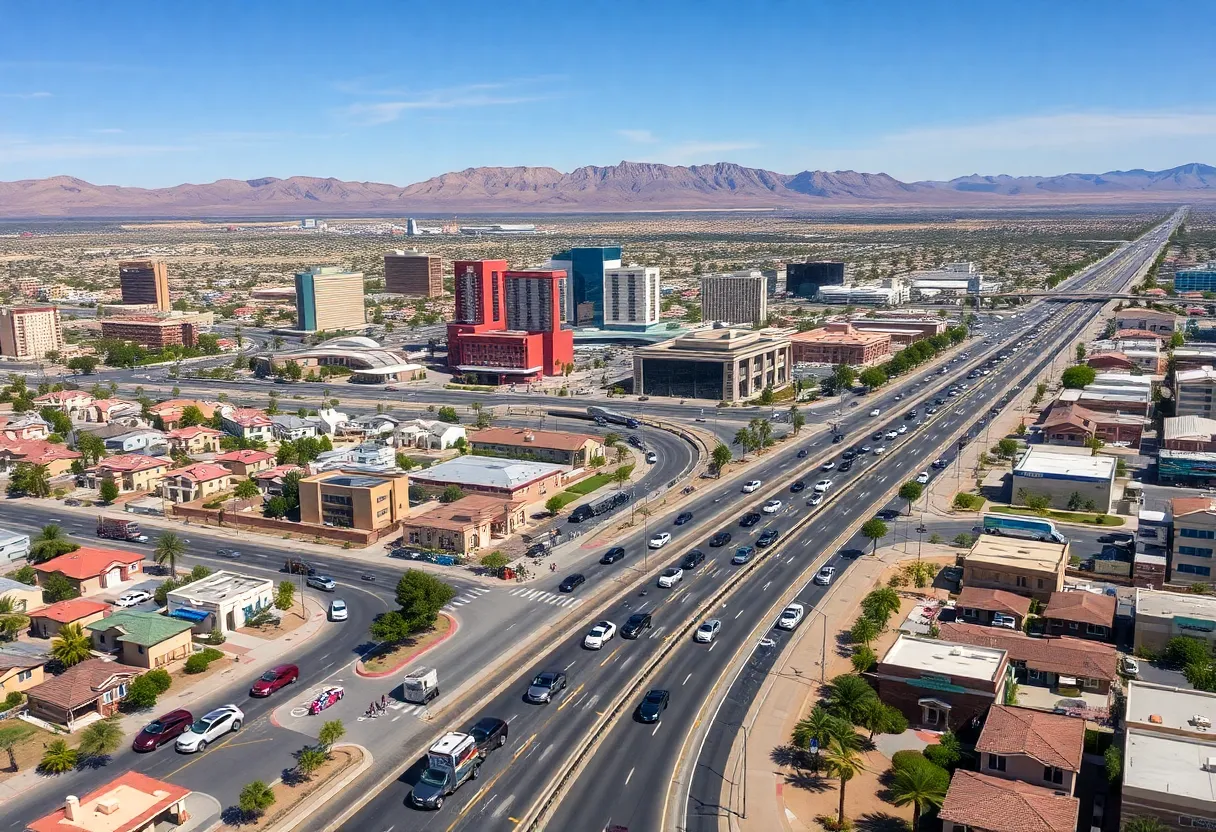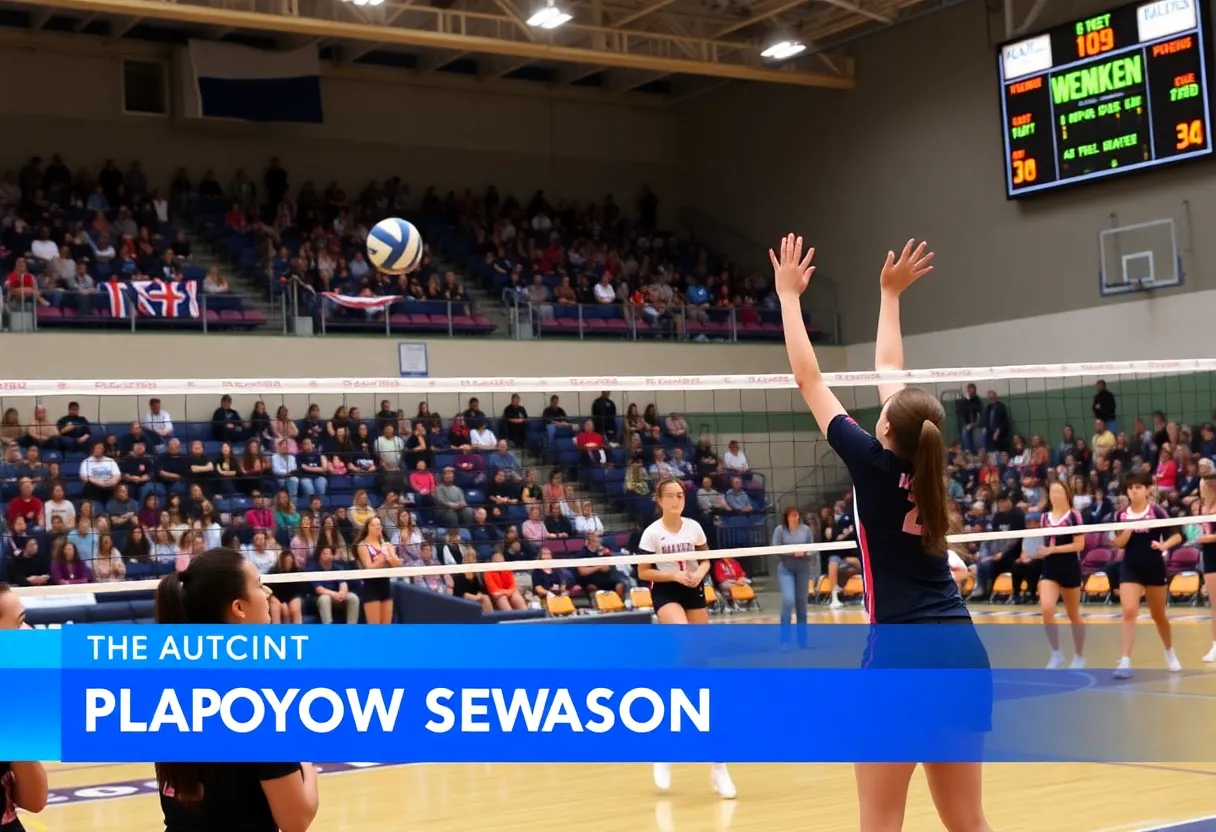News Summary
Las Vegas is experiencing a critical housing crisis due to a significant shortage of available units and rising rent prices. Local leaders are urging the federal government to release more lands for development, but critics warn of potential urban sprawl and increased commuting challenges. The situation calls for innovative housing solutions, focusing on sustainable and accessible developments to alleviate the crisis while considering public transit and environmental impacts.
Las Vegas, Nevada Faces Housing Crisis Amid Urban Sprawl Concerns
Las Vegas is grappling with a significant housing crisis characterized by a substantial shortage of available housing units for its growing population. As rent prices continue to escalate over the years, affordability has become a pressing issue for many residents.
Local and state politicians are advocating for the federal government to release more federal lands around Las Vegas for development purposes. This proposed strategy may essentially shift the onus of the housing crisis from local authorities to federal bureaucrats. While the intention is to increase housing availability, critics have raised concerns about urban sprawl, which could lead to longer commuting distances for residents and exacerbate traffic issues.
As developments expand beyond the city center, many residents could face increased commuting distances, leading to more vehicles on the roads and promoting isolation in lower and middle-income communities. These increased travel times may negate any financial savings derived from lower rent in outlying areas, further complicating the affordability dilemma.
The already limited public transit options in Southern Nevada exacerbate the housing crisis, as residents struggle to commute to work and run daily errands without adequate transportation. Furthermore, urban sprawl poses numerous environmental challenges, including rising carbon emissions and loss of natural habitats.
Community leaders suggest that addressing the housing crisis requires a shift towards dense, mixed-use infill development closer to job centers. This approach aims to encourage the development of housing in areas that minimize commute times and promote accessibility.
To facilitate discussions on potential solutions, the Southern Nevada Regional Housing Authority organized a Regional Affordable Housing Forum. The event gathered local officials and developers to explore ideas that could alleviate the current housing situation.
Statistics reveal a staggering lack of housing availability for extremely low-income households in the area. Currently, there are only 17 homes available for every 100 households earning less than 30% of the area median income. In stark contrast, there are 94 available homes for every 100 renter households earning 100% of the area median income.
Housing experts indicate a marked preference among residents for living near their workplaces rather than enduring long commutes from the suburbs. Recent research indicates approximately 80,000 acres of underutilized or vacant land exists in Southern Nevada that could potentially be leveraged for new housing developments.
Local officials are also considering the integration of residential components into new commercial projects to create additional affordable housing options. Additionally, Assembly Bill 540, put forth by Nevada’s governor, aims to allocate $250 million for housing initiatives and expand the definition of affordable housing in the state.
However, rising costs for building materials, influenced by tariff policies, are complicating the housing crisis further. Critics of the Southern Nevada Economic Development and Conservation Act argue it may promote urban sprawl without guaranteeing affordable housing for residents. The urgency for a shift in development patterns is palpable, as community leaders emphasize the need for sustainable practices, enhanced public transit, and the establishment of mixed-use neighborhoods.
Moreover, the current drought affecting the state complicates local water management and housing development strategies. With Nevada experiencing its most severe drought in history, water scarcity is becoming an increasingly important factor in discussions around future housing developments.
The situation in Las Vegas highlights an urgent need for comprehensive solutions to the housing crisis that prioritize sustainability, accessibility, and affordability for all residents. As the city continues to grow, addressing these issues will be crucial to ensuring a livable environment for existing and future generations.
Deeper Dive: News & Info About This Topic
HERE Resources
Tragic Shooting at Las Vegas Athletic Club Leaves One Dead
Exploring the Hidden Wonders of Nevada
Las Vegas Faces Growing Homelessness Crisis Driven by Job Loss
Governor Lombardo’s Decision on Property Tax Funding for Police
Clark County Launches Flood Control Project Amid Homeless Concerns
Las Vegas Valley Ranked 27th Most Affordable Metro Area
Garage Fire Displaces Five Residents in South Las Vegas
Wynn Resorts Withdraws Casino License Bid in NYC
UNLV Hustlin’ Rebels Baseball Team Clinches Championship Spot
Southern Nevada Faces Looming Land Shortage for Housing
Additional Resources
- Nevada Current: Infill Development Holds its Own Against Urban Sprawl at Housing Forum
- The Nevada Independent: Opinion – Sprawl is Not a Solution to Our Housing Crisis
- Planetizen: Las Vegas Faces Opportunity to Stop Sprawl
- Review Journal: Summerlin Developer Plots New 400-Acre Section of Sprawling Community
- The Atlantic: Los Angeles Zoning and Traffic Reform
- Wikipedia: Urban Sprawl
- Google Search: Las Vegas Housing Crisis
- Google Scholar: Urban Sprawl Nevada
- Encyclopedia Britannica: Urban Sprawl
- Google News: Las Vegas Housing Affordability

Author: STAFF HERE LAS VEGAS WRITER
The LAS VEGAS STAFF WRITER represents the experienced team at HERELasVegas.com, your go-to source for actionable local news and information in Las Vegas, Clark County, and beyond. Specializing in "news you can use," we cover essential topics like product reviews for personal and business needs, local business directories, politics, real estate trends, neighborhood insights, and state news affecting the area—with deep expertise drawn from years of dedicated reporting and strong community input, including local press releases and business updates. We deliver top reporting on high-value events such as Electric Daisy Carnival, World Series of Poker, and Consumer Electronics Show. Our coverage extends to key organizations like the Las Vegas Chamber of Commerce and Three Square Food Bank, plus leading businesses in hospitality and entertainment that power the local economy such as MGM Resorts International, Caesars Entertainment, and Las Vegas Sands. As part of the broader HERE network, we provide comprehensive, credible insights into Nevada's dynamic landscape.





